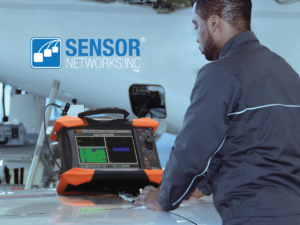microPIMS® Has Gone Global!
When microPIMS first debuted, it was only available in North America: US, Mexico and Canada. But we’re proud to announce that our wireless, battery-powered, non-intrusive corrosion and erosion monitoring system is now available internationally.
microPIMS Global Solutions follows the LoRa Alliance frequency protocol and is now available wherever LoRa is approved. This has paved the way to bring microPIMS not just to North America, but also to Europe, Australia, Chile, Brazil, Singapore, Malaysia, Indonesia, Vietnam, Japan and beyond. Where microPIMS isn’t already readily available, we’re poised to bring it into the market space. LoRa coverage extends to more than 160 countries around the world, operating on radio frequencies and bands that don’t interfere with anything else like emergency service radios in that country or region.
| Frequency Band (Figure 1) |
| US902-928 North America |
| AS923-925 AS-1 (Japan) |
| CN470-510 (China) |
| EU863-870 (Europe) |
| AU915-928 (Australia) |
| AS920-923 AS-2 (Asia-Pac 1) |
| AS923-925 AS-3 (Asia-Pac 2) |
| KR920-923 (Korea) |
| IN865-869 (India) |
Figure 1: What LoRaWAN® Looks Like Around the World
Why microPIMS?
When it comes to easy, fast installation, it’s tough to beat this system, which only take 15 to 20 minutes per sensor to install. For the many (and significantly growing number) companies that already have LoRa infrastructure in place, installation is even easier. microPIMS can piggyback right on top of what’s already there, getting the system up-and-running quickly to help corrosion, operations, and asset integrity teams make more informed decisions because of more timely and precise data.
Not only does microPIMS bring fast, consistent data readings and hands-free, automatic monitoring across the world, it also leverages the long-range efficiency of 900 MHz LoRa wireless protocol, which is significantly less expensive and more battery efficient that other wireless protocols designed for use in the industrial space. LoRa also delivers super-long-range capabilities, covering a large area using only two to four gateways per site, which can handle thousands of sensors. These attributes are enabling economic scalability to support the goal of a ‘plant of the future’ model where sensor technology can augment precious manual labor and optimize safety. See below a comparison of 900MHz and 2.4GHz industrial wireless attributes. It is easy to see why so many refineries, plants, and facilities are leveraging 900MHz for different monitoring strategies in lieu of 2.4GHz or in conjunction with already existing 2.4GHz infrastructure to deploy multiple wireless strategies thus giving them options in hardware, pricing, and deployment.
| 900MHz | 2.4GHz | |
| Protocol Examples | LoRaWAN | WirelessHART, ISA100 |
| Wireless Range | >1 mile (1.6km) | <250ft. (75m) |
| Sensors per Gateway | >3000 | 250 |
| Battery Power Required | Commercially available (low) | Custom (high) |
| Security | High | High |
| Cost per Facility | $50K or less | $500K+ |
| Sensors Best Fit for Wireless Band | Corrosion, Temperature, Motion, Humidity | Vibration, Flow, Pressure, Acoustic |
We’ve Redesigned microPIMS for Even More Efficiency
Not only are microPIMS available across the globe, but we’ve also redesigned some of the key features, including improvements that let our customers get more from their corrosion monitoring sensors. microPIMS new housing allows for use with a commercially available, long-lasting battery to extend the battery life to seven years or more. In addition, over-the-air communications with the sensors is now available, allowing customer to be able to tweak inputs at their discretion. For example, changing the reading interval from once per day to once per hour.
We’ve also redesigned microPIMS with a dual magnet for use on tanks, vessels and large-diameter assets or a clamp to attach the sensor to piping. Its new antennae design provides increased range, and over-the-air updates are available for certain sensor parameters.
We’ve Also Created a New Data Management Solution to Meet Your Needs
To get the most out of microPIMS, you need to be able to take the data from our non-intrusive wireless sensors and make sense of it. Until recently, our microPIMS system relied on a cloud-based data management option. Each sensor wirelessly transmits to a receiver, which then forwards it to a LoRa-compliant server that sits in the cloud. That cloud-based server forwards the data to SNI’s webPIMS portal where users can log in to view their data, including graphs, charts, information pages and more.
Although working in the cloud has its benefits, most notably the significantly reduced cost and accessibility to data to that of on premise data computation and storage. Additionally the ability to include multiple users’ to securely access their data from anywhere in the world and collaborate with our experts to get the most out of their insights. However, we understand that there are some companies that don’t want their data in the cloud, so we’ve made some additional options available to accommodate these requests.
For these customers, we’ve created OnPrem, a data management solution that isn’t connected to the cloud or internet. Instead, sensors wirelessly transmit over 900 MHz LoRa to the receiver. The receiver then forwards the data directly to your “in-the-fence” OnPrem computer, which is loaded with our webPIMS® software. From there, users can access and analyze their data – everything stays in-house.
microPIMS: View Data Sheet
OnPrem: View Data Sheet
About Sensor Networks, Inc.
Sensor Networks, Inc. has identified a problem in today’s world: when it comes to complex asset integrity, there are obstacles and challenges that you will face along the way. Where there are problems, innovative solutions should be created to fix them. With that basic mission in mind, Sensor Networks, Inc. was born.










